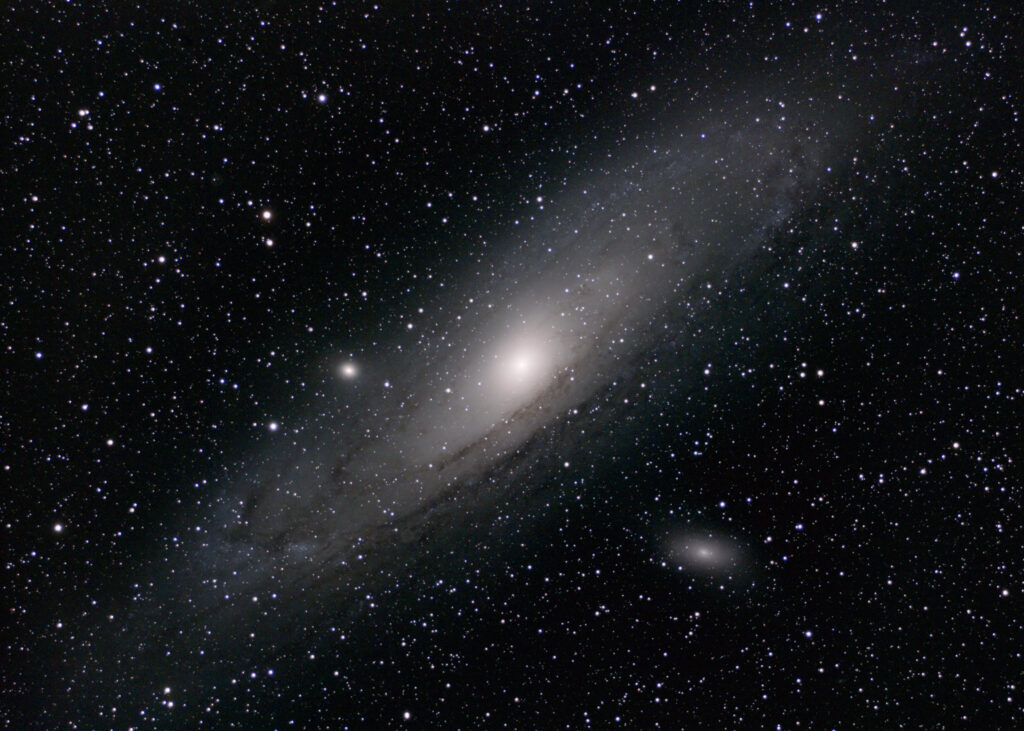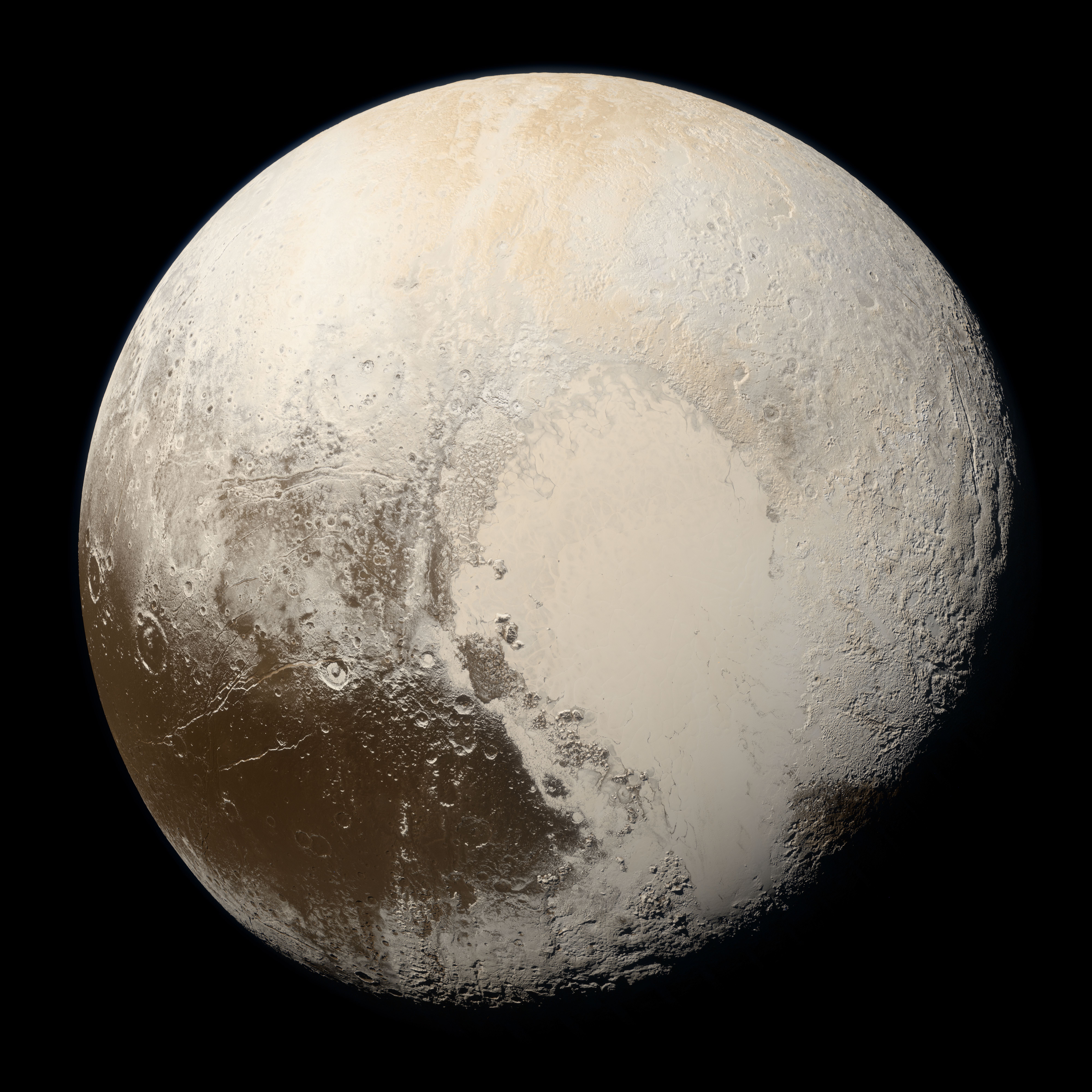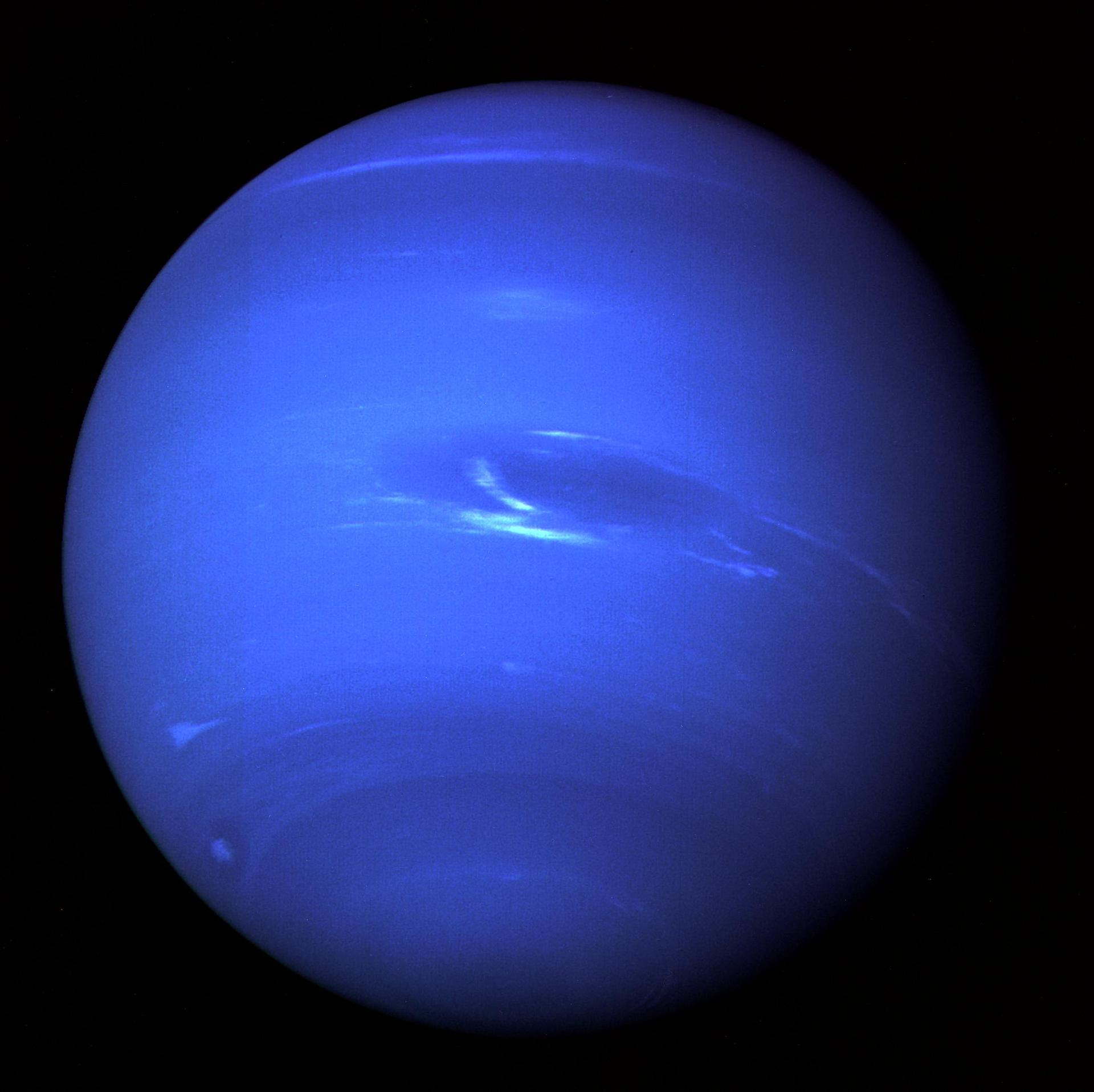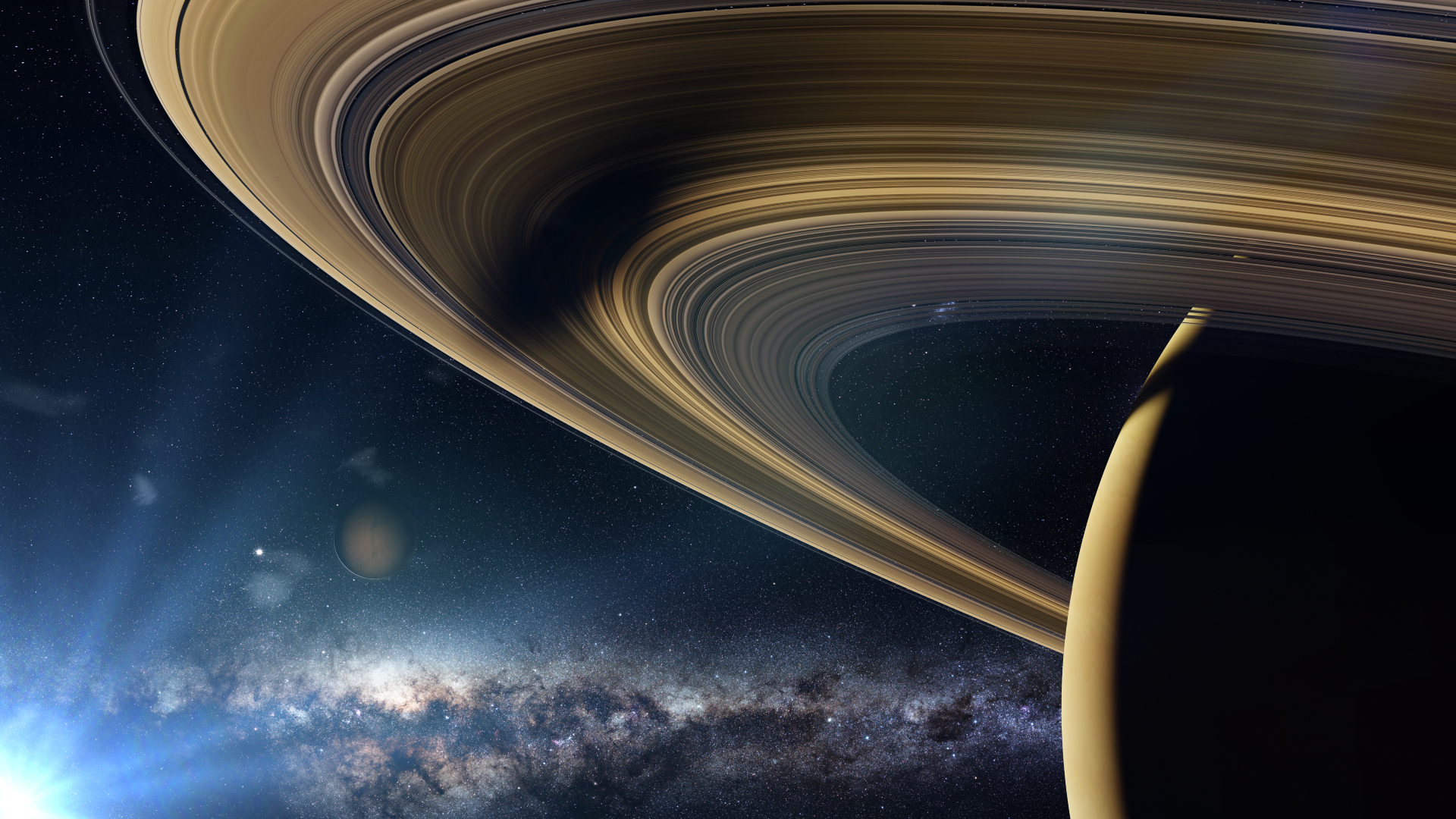Table of Contents
Ancient Records and Early Observations
The Andromeda Galaxy (M31) was first mentioned in 964 AD by Persian astronomer Abd al-Rahman al-Sufi as a faint small cloud. It remained indistinguishable from Milky Way objects until 1612, when German astronomer Simon Marius observed it through a telescope and noted its diffuse appearance. Despite these observations, Andromeda was still classified as a nebula for centuries, until advancements in astronomy led to significant discoveries about its true nature.
During the early 20th century, astronomers debated whether certain “spiral nebulae” were distant galaxies or part of the Milky Way. The turning point came in 1923 when Edwin Hubble used the 100-inch Hooker Telescope at Mount Wilson Observatory to observe Cepheid variable stars within The Andromeda Galaxy. By calculating their distances, he proved that Andromeda was far beyond the Milky Way, confirming that it was an entirely separate galaxy. This revelation radically transformed our understanding of the universe, expanding the known cosmos beyond a single galaxy to billions of others. Hubble’s work laid the foundation for modern extragalactic astronomy, proving that the universe was far more vast and complex than previously imagined.
A Cosmic Debate That Changed Astronomy
The Great Debate of 1920 was a crucial moment in astronomy, where Harlow Shapley and Heber Curtis contested whether spiral nebulae were part of the Milky Way or separate galaxies. Shapley believed the universe was small and these nebulae were gas clouds within the Milky Way, while Curtis argued they were independent, vast galaxies. Their disagreement underscored the limitations of astronomical knowledge due to inaccurate distance measurements, which prevented a clear understanding of objects like Andromeda. This debate spurred advancements in observational techniques and telescope technology to resolve the mysteries of the universe.
In 1923, Edwin Hubble utilized the 100-inch Hooker Telescope to study Cepheid variable stars in The Andromeda Galaxy, determining that it was a separate galaxy beyond the Milky Way. This discovery, based on the predictable pulsing rates of Cepheids, transformed our understanding of the universe, revealing the existence of billions of galaxies and marking a pivotal moment in extragalactic astronomy that changed humanity’s perception of its place in the cosmos.
A Massive Spiral Galaxy with Unique Features
The Andromeda Galaxy, the largest spiral galaxy in the Local Group at 220,000 light-years in diameter, contains around one trillion stars, significantly more than the Milky Way’s 400 billion. It features two prominent spiral arms of dust, gas, and young blue stars, and while originally classified as an SA(s)b galaxy due to its weak central bar, recent observations indicate a faint bar structure may exist at its core. At its center, a supermassive black hole, estimated to be between 100 and 200 million solar masses, is several times the mass of Sagittarius A* in the Milky Way. The galaxy’s immense size is believed to result from mergers with smaller galaxies over time.
Andromeda is surrounded by 14 known satellite galaxies, including dwarf elliptical galaxies Messier 32 and Messier 110, which orbit under its gravitational influence. Its halo of gas and dark matter extends approximately 1.3 million light-years, interacting with the Milky Way’s halo and offering insights into galaxy evolution. Studies indicate that Andromeda’s disk is warped and disturbed, likely due to past mergers, with ongoing observations from telescopes like Hubble and James Webb shedding light on the formation and changes of spiral galaxies over billions of years.
A Future Galactic Collision
Andromeda is moving toward the Milky Way at 110 kilometers per second, confirmed by Doppler shift measurements indicating a blue light spectrum shift. Although they are on a collision course, the galaxies will not collide for another 4.5 billion years, with gravitational interactions guiding the merger, referred to as Milkomeda or Milkdromeda. This future event is expected to create a single massive elliptical galaxy, reshaping stars into new orbits rather than causing destruction, ultimately forming a new galactic structure within The Andromeda Galaxy.
While star collisions are rare due to vast distances, gravity will significantly reshape both galaxies, stretching and distorting their spiral arms until they fade. The central supermassive black holes are likely to merge into a larger one, and gas clouds will collide, sparking new star formation. Observations of similar galaxy mergers aid scientists in predicting this process. As The Andromeda Galaxy and the Milky Way merge, the night sky will transform into a stunning cosmic spectacle for any future inhabitants of Earth.
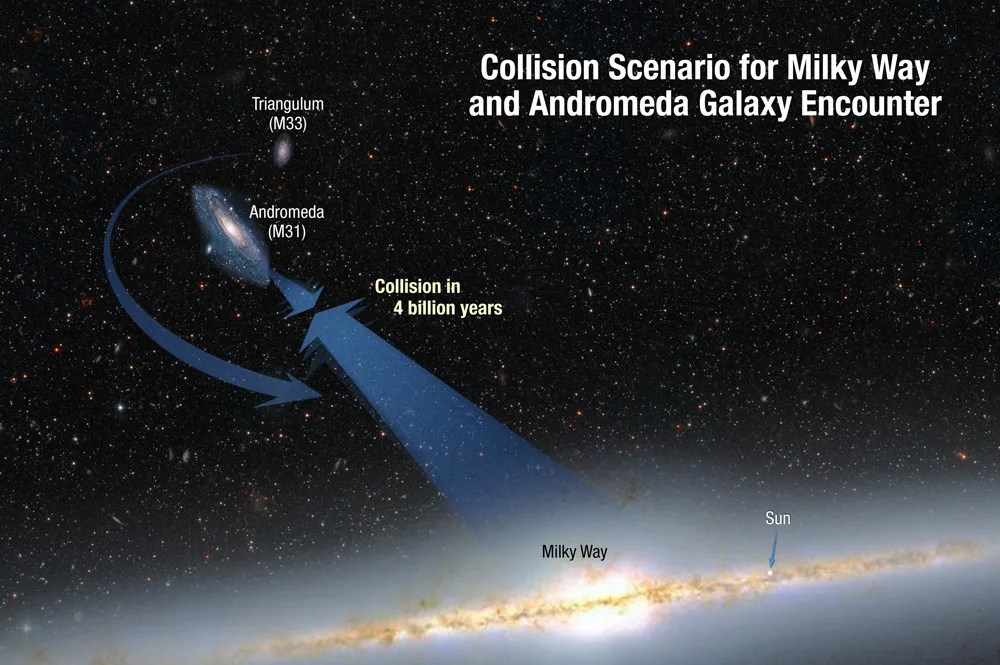
An Invisible Force Shaping the Galaxy
Dark matter is essential in shaping galaxies like Andromeda, constituting about 85% of its total mass in an invisible halo that extends beyond visible matter. This substance cannot be observed directly as it neither emits nor reflects light. Astronomers infer its presence by studying the movement of Andromeda’s satellite galaxies, which move at high speeds that indicate gravitational influence from unseen mass, crucial for understanding galaxy stability.
Gravitational lensing provides another way to detect dark matter. When light from distant galaxies passes through Andromeda’s halo, it bends due to gravity, revealing the presence of unseen mass. Observations from telescopes like Hubble and the upcoming Euclid mission aim to map this dark matter distribution more precisely. Scientists believe that dark matter consists of exotic, yet-undiscovered particles that interact weakly with normal matter. Some theories propose that these particles could be WIMPs (Weakly Interacting Massive Particles) or axions. Studying The Andromeda Galaxy offers valuable insights into this cosmic puzzle, helping researchers refine models of galaxy formation and the evolution of the universe itself.
A History of Galactic Feasting
Andromeda’s vast size and gravitational strength have enabled it to absorb smaller galaxies over billions of years, including a significant galaxy around 2 billion years ago, resulting in a metal-rich halo of stellar remnants that extends beyond its visible disk. This phenomenon, known as galactic cannibalism, distorts and consumes nearby dwarf galaxies, enhancing Andromeda’s structure and providing astronomers with valuable insights into the growth and long-term evolution of spiral galaxies in the universe.
Traces of these past mergers can be seen in the form of stellar streams, faint trails of stars left behind by disrupted galaxies. One of the most striking examples is the Giant Stellar Stream, a massive arc of stars looping around Andromeda, likely the remnants of a once-thriving satellite galaxy. Other streams and shells of stars within its halo hint at multiple past collisions, each contributing to its growth. Modern simulations suggest that Andromeda will continue this pattern, eventually consuming more of its satellite galaxies before merging with the Milky Way. Observations from telescopes like Hubble and Gaia allow astronomers to track these stellar remnants, reconstructing the violent past of The Andromeda Galaxy and predicting its future interactions.
A Hidden Giant at the Galactic Center
Deep within Andromeda lies a supermassive black hole with a mass estimated between 100 and 200 million times that of the Sun. This immense gravitational force anchors the galaxy, influencing the movement of stars and gas around it. Unlike Sagittarius A*, the Milky Way’s central black hole, this one appears relatively inactive, showing only faint emissions in radio and X-ray wavelengths. Despite its current dormancy, its presence is undeniable. Observations reveal that it sits within a double nucleus, an unusual structure likely formed through past interactions with smaller black holes absorbed from merging galaxies. This suggests a history of galactic collisions, reinforcing the idea that The Andromeda Galaxy has grown by consuming smaller systems over billions of years.
Future interactions may awaken this sleeping giant. As Andromeda moves closer to merging with the Milky Way, massive shifts in gravitational forces could feed its central black hole, increasing its activity. The influx of gas and dust may ignite intense radiation, briefly transforming the galaxy into a quasar, a phase where a black hole releases immense energy. Similar events have been observed in distant galaxies undergoing mergers, offering a glimpse into what may happen in our cosmic neighborhood. Scientists continue to monitor subtle changes in The Andromeda Galaxy, using telescopes like Chandra and Hubble to study how its black hole evolves. Understanding this massive object is key to unraveling the life cycles of supermassive black holes throughout the universe.
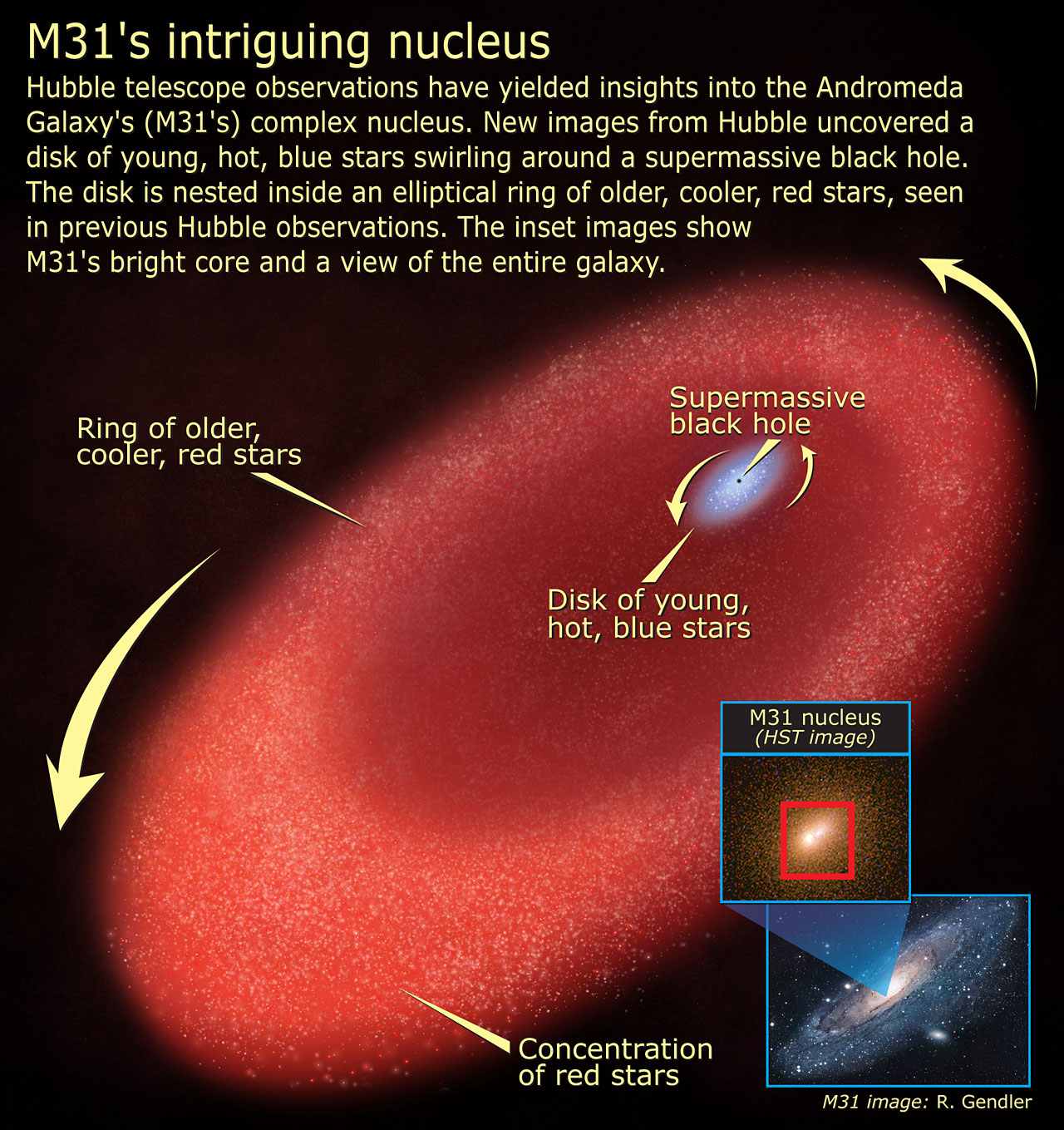
A Dimming Era of Star Formation
Andromeda is slowly moving toward a phase where new star formation will become rare. Unlike the Milky Way, which still produces stars at a steady rate, Andromeda’s star-forming regions are fading due to the depletion of interstellar gas. Star birth relies on dense clouds of hydrogen, but observations show that much of Andromeda’s gas has already been used up or expelled by past supernovae and galactic winds. Without fresh material, fewer young, bright stars will emerge, and the galaxy will gradually become dominated by older, cooler stars. If this trend continues, The Andromeda Galaxy may transition into a quiescent elliptical galaxy within a few billion years, resembling older galaxies that have long since stopped producing new stars.
Despite this decline, a future event could temporarily reverse the trend. The anticipated Milky Way-Andromeda merger will generate immense gravitational disturbances, compressing any remaining gas and triggering a wave of new star formation. Similar galaxy collisions have been observed elsewhere in the universe, often resulting in a starburst phase lasting millions of years. The merging process may also create new planetary systems, possibly forming habitable worlds. As this transformation unfolds, The Andromeda Galaxy and the Milky Way will lose their distinct spiral shapes, blending into a larger, elliptical galaxy. While the long-term future points to a quieter state, this merger may provide one last era of brilliant star formation before settling into a more dormant cosmic existence.
A Galaxy of Legends and Stories
For centuries, Andromeda has captured human imagination, first through mythology and later through science fiction. In Greek mythology, Princess Andromeda was chained to a rock as a sacrifice to the sea monster Cetus, only to be saved by Perseus. This dramatic tale of fate and heroism inspired the name of the galaxy that now bears her name. With its bright presence in the night sky, it has been a source of wonder for civilizations throughout history. Ancient cultures often associated it with celestial mysteries, long before astronomers discovered its true nature. Today, The Andromeda Galaxy remains a symbol of exploration and discovery, continuing to inspire new interpretations in literature, film, and scientific thought.
Science fiction has embraced Andromeda as a setting for intergalactic adventures, using it as a backdrop for stories of alien civilizations and cosmic exploration. In Star Trek, Andromeda is often referenced as a distant frontier beyond known space. The Mass Effect: Andromeda video game explores the idea of humans establishing a new home in another galaxy. The Andromeda Strain, a novel by Michael Crichton, uses the name to evoke mystery and the unknown, though its plot is unrelated to the galaxy itself. These works reflect humanity’s deep curiosity about the universe, imagining what might exist beyond The Andromeda Galaxy and what secrets the cosmos still holds.
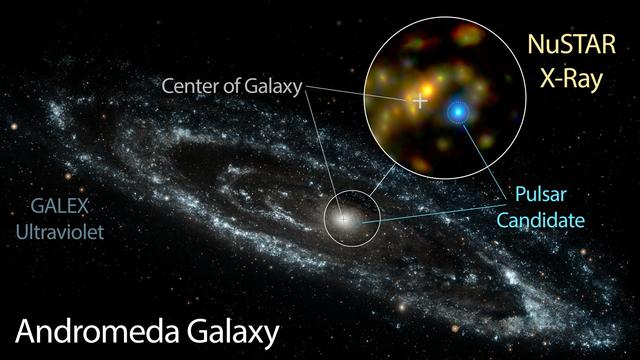
A New Era of Galactic Exploration
Modern telescopes have revolutionized the way astronomers study Andromeda, capturing details never before seen. The Hubble Space Telescope has provided breathtaking images of its spiral structure, revealing intricate patterns of dust, gas, and star clusters. NASA’s GALEX mission mapped its ultraviolet emissions, uncovering regions of hidden star formation that were once invisible to optical telescopes. Ground-based observatories, such as ALMA and Keck, have contributed significantly by analyzing Andromeda’s chemical composition and the motion of its stars. These efforts have helped refine our understanding of how galaxies evolve over time. With each new observation, scientists uncover more clues about The Andromeda Galaxy, piecing together its history, structure, and interactions with neighboring celestial bodies.
The future of space exploration holds even greater potential for uncovering Andromeda’s secrets. The James Webb Space Telescope, designed to observe infrared wavelengths, will provide a deeper look into its gas clouds and star-forming regions, offering insights into the early stages of planetary development. Some missions may even detect exoplanets within its star systems, raising new possibilities in the search for extraterrestrial life. As technology advances, astronomers aim to create detailed 3D models of Andromeda, mapping its stellar movements and dark matter distribution with precision. Continued observations of The Andromeda Galaxy will not only enhance our knowledge of its structure but also help us prepare for its eventual merger with the Milky Way.
The Possibility of Life Beyond Our Galaxy
Andromeda is home to billions of stars, many with planetary systems that could host life. Some planets may orbit in habitable zones, where conditions allow liquid water to exist. However, detecting life at such a vast distance is difficult. Scientists search for biosignatures like oxygen and methane in exoplanet atmospheres using spectroscopy. Advanced telescopes like the James Webb Space Telescope will analyze Andromeda’s planets for these signs. While no direct evidence has been found, the sheer number of planets increases the likelihood that microbial life could exist. If conditions are right, The Andromeda Galaxy may one day provide the first proof that life exists beyond the Milky Way, forever changing our understanding of the universe.
If intelligent civilizations exist, they could be far older and more advanced than humanity. Andromeda’s stars are generally older than those in the Milky Way, giving civilizations more time to develop interstellar technology. Scientists scan Andromeda for unusual radio signals, looking for potential extraterrestrial transmissions. While no signals have been detected, ongoing research continues. Some theorists suggest that advanced civilizations may use communication methods beyond human comprehension. If life exists in The Andromeda Galaxy, it could be studying us just as we search for them. Future technology may one day allow direct contact, revealing whether we are truly alone in the cosmos.
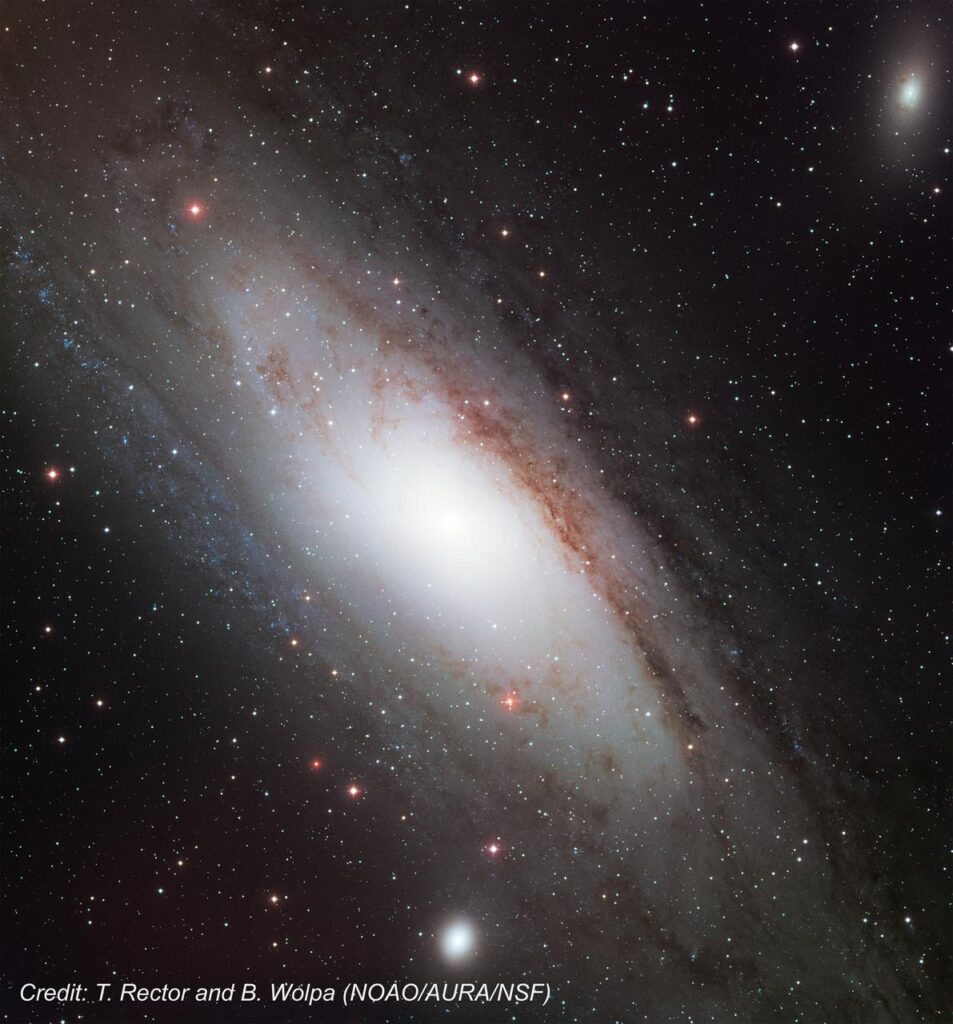
Advancing the Study of a Neighboring Galaxy
New technologies are revolutionizing the way astronomers study Andromeda, allowing for more precise measurements of its structure and future interactions. AI-powered simulations now model the details of its eventual collision with the Milky Way, refining predictions of how the two galaxies will merge. Improved spectroscopic instruments analyze the galaxy’s elemental composition, revealing insights into its chemical history and star formation patterns. Space telescopes like Hubble and James Webb continue to capture high-resolution images, uncovering hidden details about its spiral arms and interstellar gas clouds. With each new discovery, scientists gain a clearer understanding of how galaxies evolve over billions of years. Ongoing research ensures that The Andromeda Galaxy remains a key focus in unraveling the mysteries of cosmic formation.
Future missions could push the study of Andromeda even further. Proposed space telescopes with next-generation infrared and radio imaging will allow astronomers to map its dark matter distribution with unprecedented detail. Scientists also explore the possibility of interstellar probes that could one day travel beyond the Milky Way to observe Andromeda up close. While such missions remain theoretical, breakthroughs in propulsion and space travel could make them possible in the distant future. Continued research will help refine our understanding of Andromeda’s role in the broader cosmic landscape. As The Andromeda Galaxy moves toward its merger with the Milky Way, studying it remains essential to predicting the future structure of our galactic neighborhood.
How useful was this post?
Click on a star to rate it!
Average rating / 5. Vote count:
No votes so far! Be the first to rate this post.
Author
-
Meet Dr. Kendall Gregory, a highly accomplished professional with a remarkable academic background and a deep passion for empowering individuals through knowledge. Dr. Gregory’s educational journey began with a Bachelor of Science degree, followed by a Doctor of Chiropractic Medicine, focusing on diagnosing and treating musculoskeletal conditions. He further expanded his expertise with a Master's degree in Oriental Medicine, specializing in acupuncture and Chinese herbology, and a Master's degree in Health Care Administration, emphasizing his dedication to improving healthcare systems. Dr. Gregory combines his extensive knowledge and practical experience to provide comprehensive and integrative healthcare solutions. Through his writings, he aims to inspire individuals to take charge of their health and make informed decisions.
View all posts

